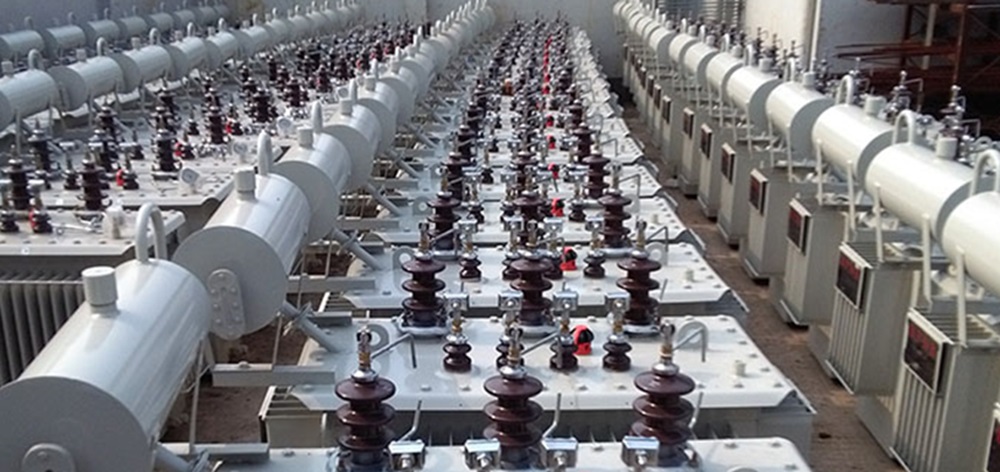israndy
Supercharger Hunter
This varies a lot ON a per-site basisU6. What's the etiquette for starting or joining a line to charge?
This varies a lot of a per-site basis
The uphill driveway is an exit only, but I have mistakenly driven in there myselfIn some places, there are multiple entrances to a Supercharger site (this has happened at Kettleman City, which has two driveway entrances).



